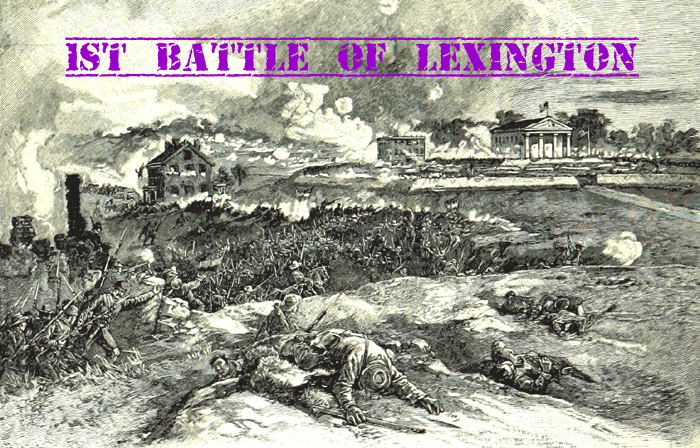1st Battle of Lexington
1st Battle of Lexington Still wanting to secure Missouri even after their victory at Wilson’s Creek a month earlier, the Confederate General Sterling Price moved… Read More »1st Battle of Lexington
1st Battle of Lexington Still wanting to secure Missouri even after their victory at Wilson’s Creek a month earlier, the Confederate General Sterling Price moved… Read More »1st Battle of Lexington
